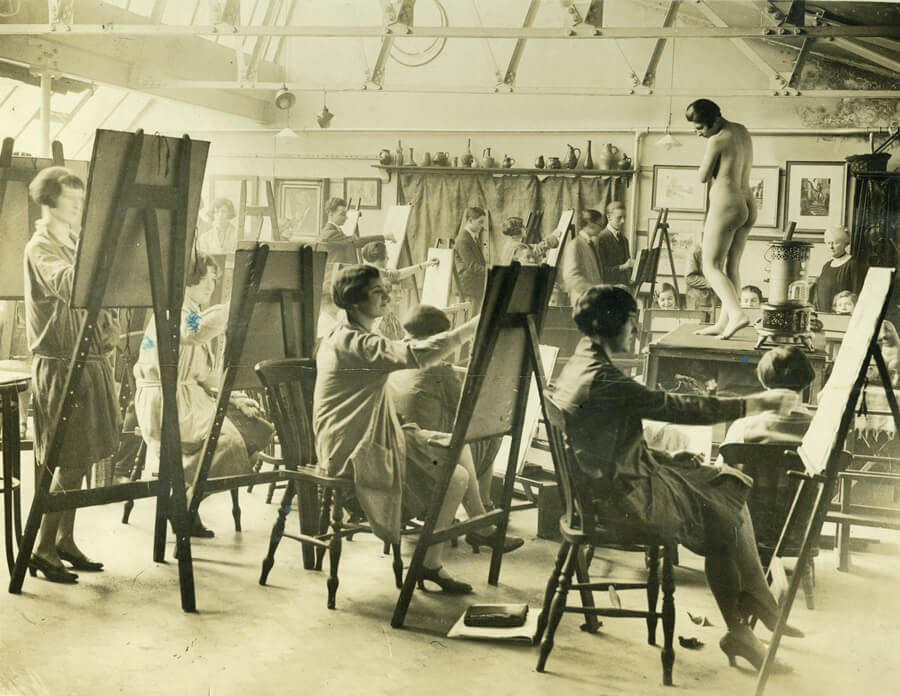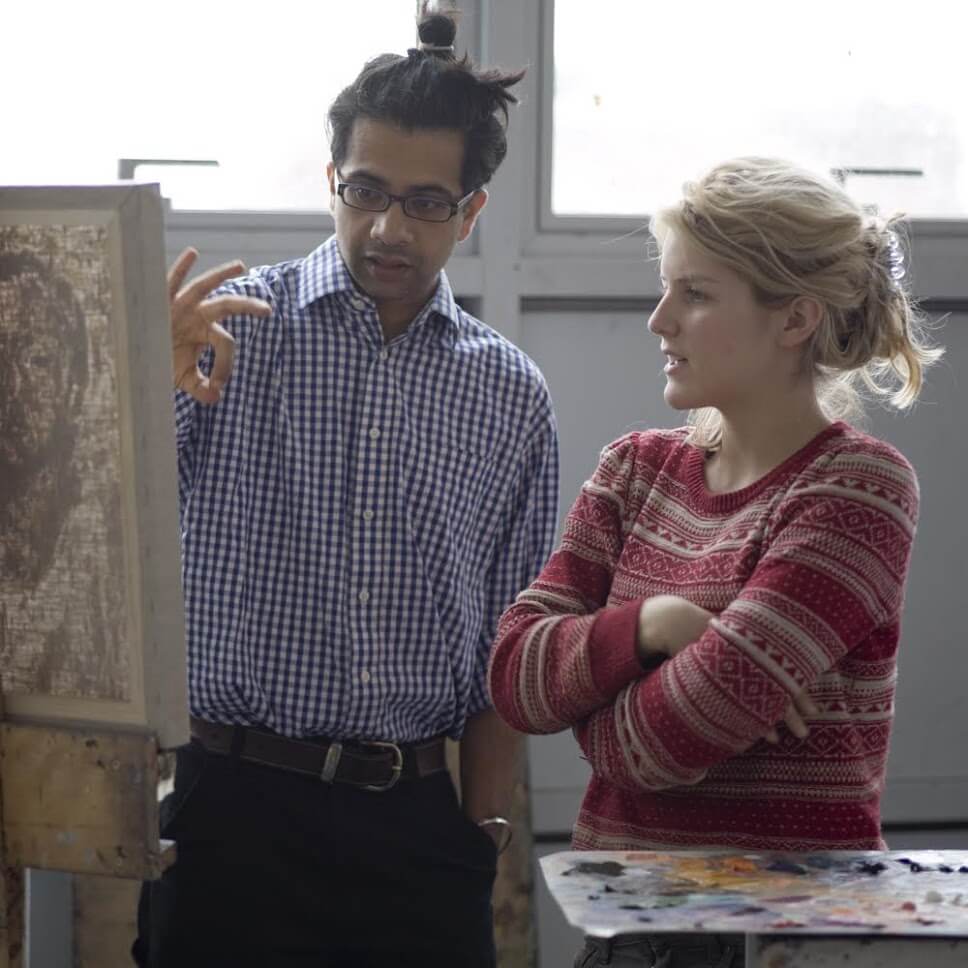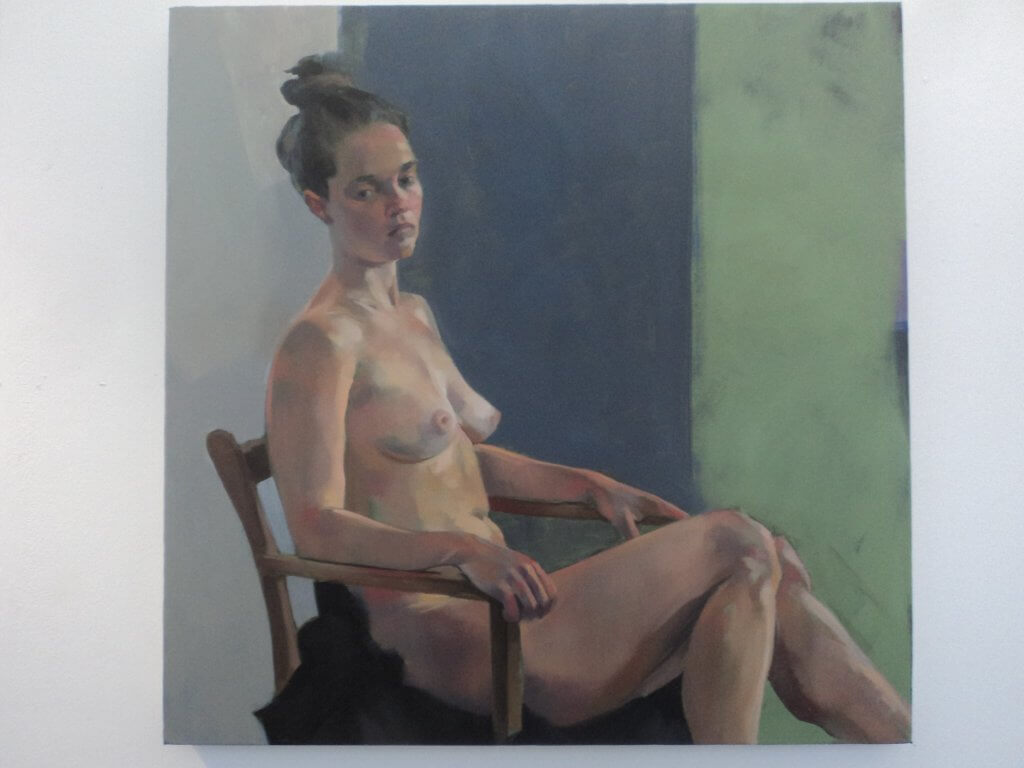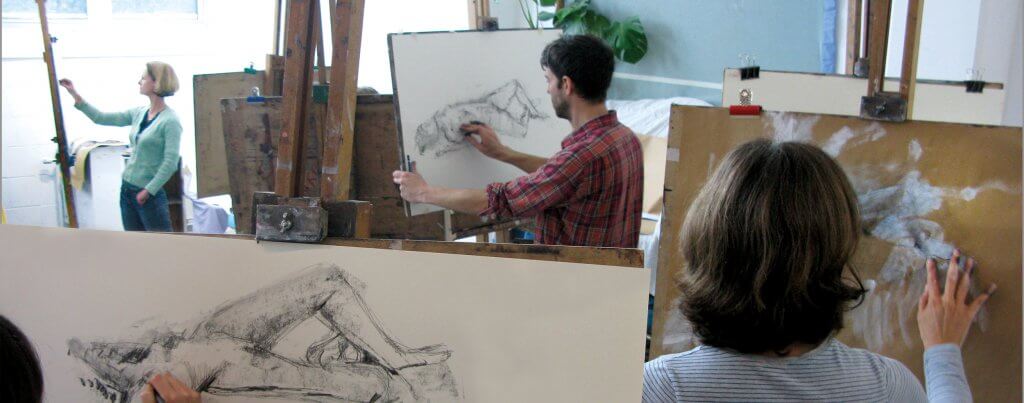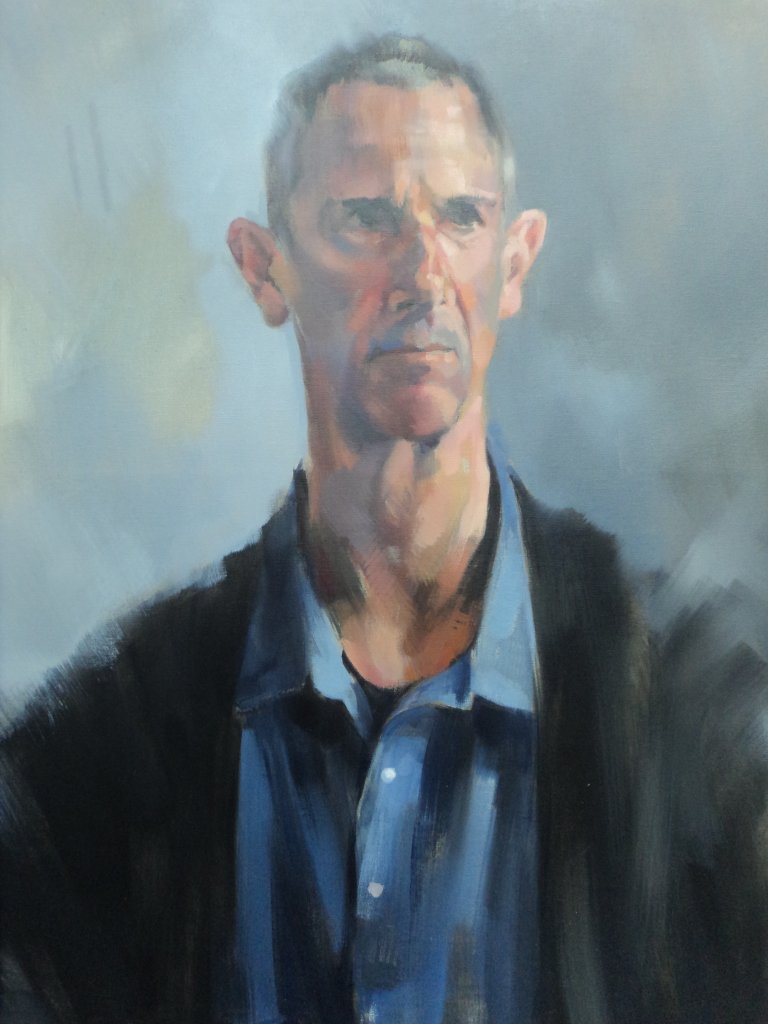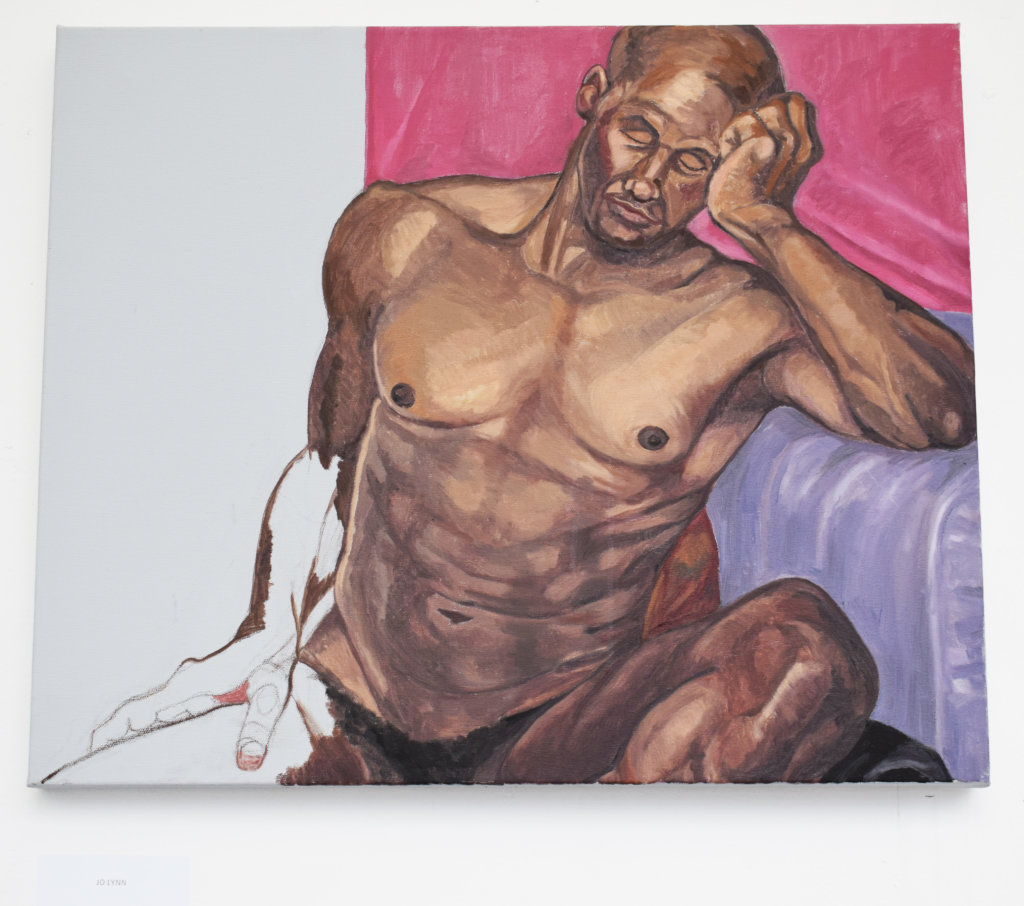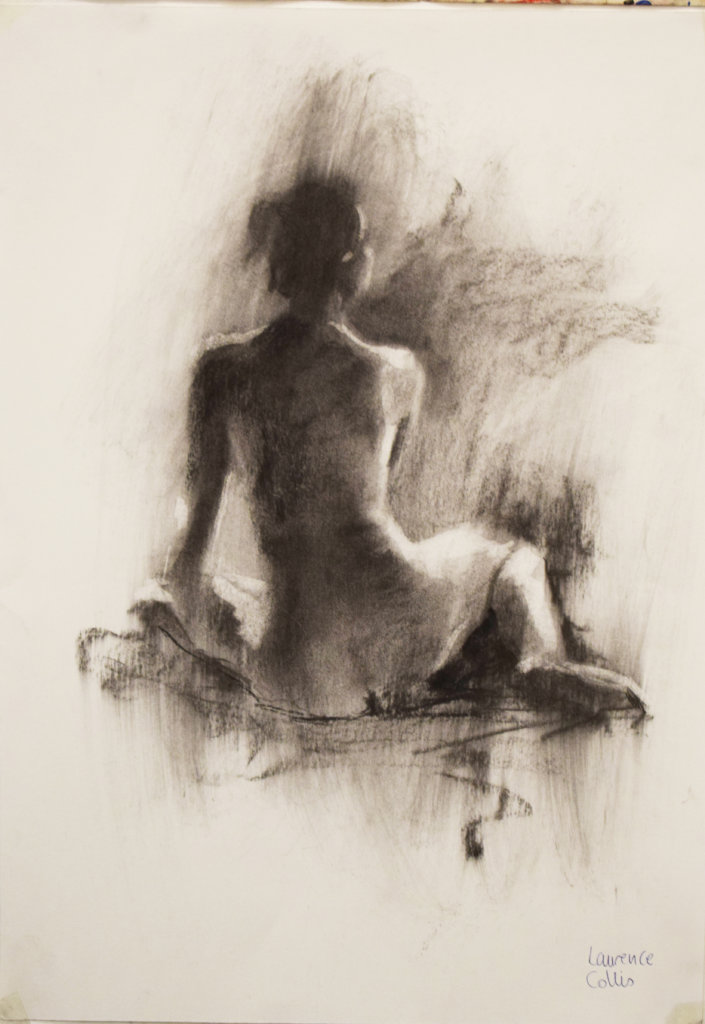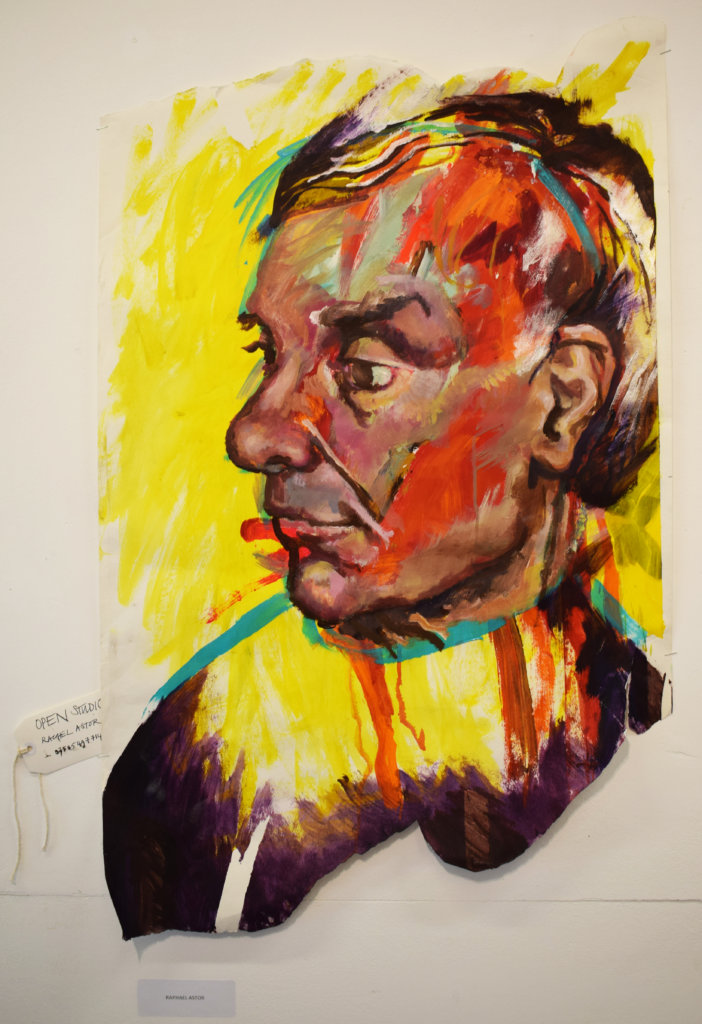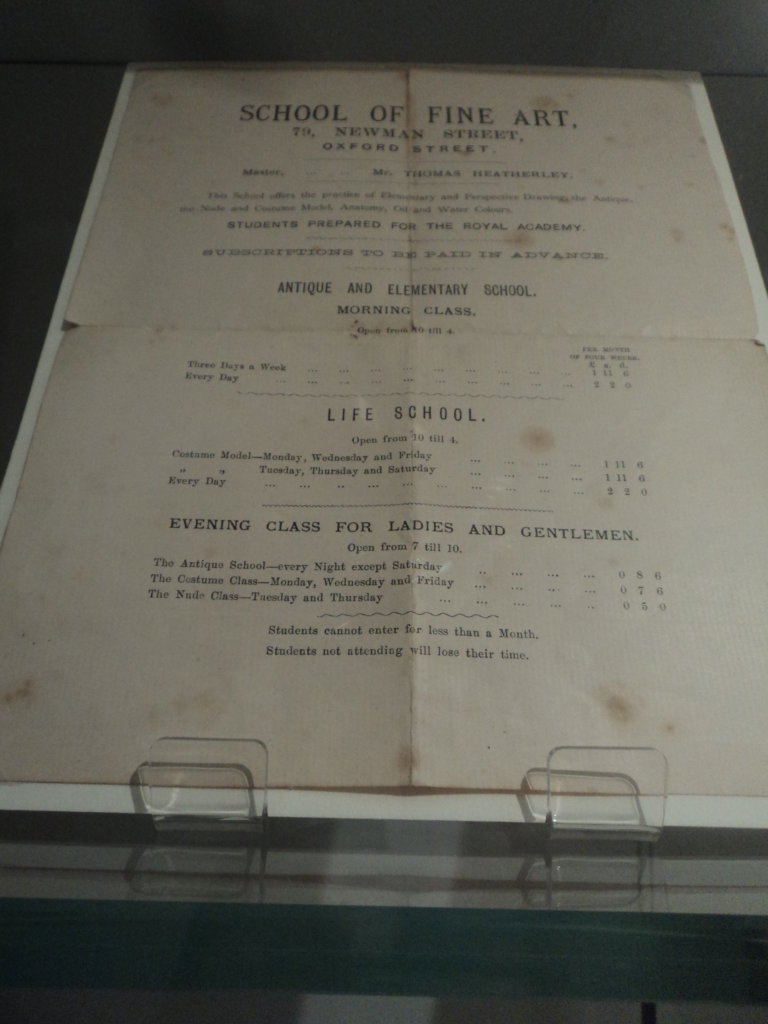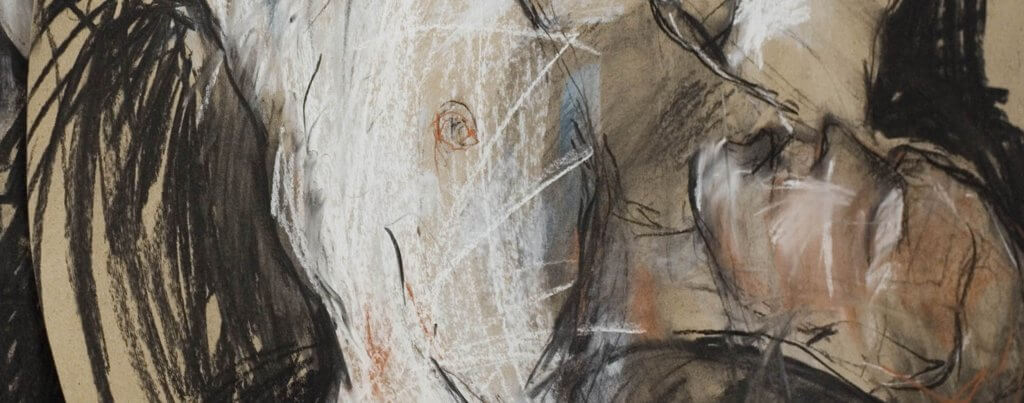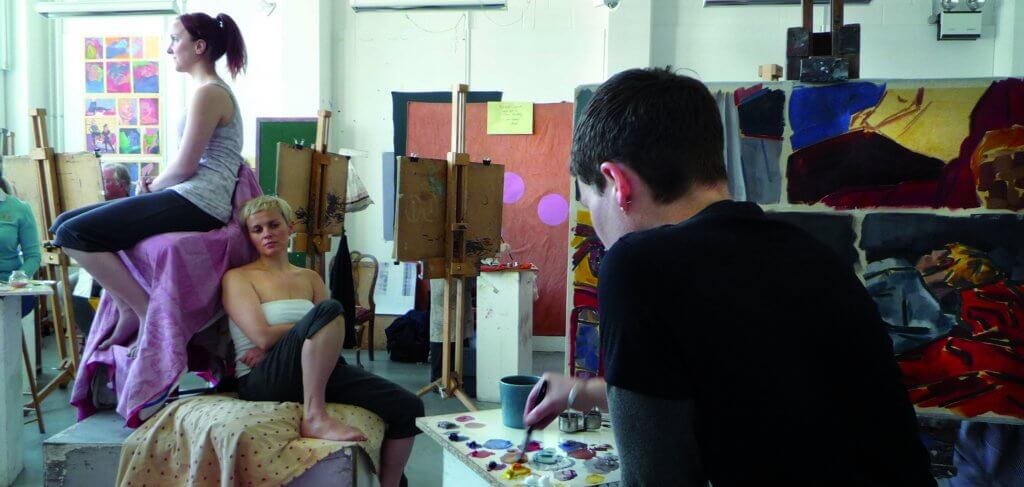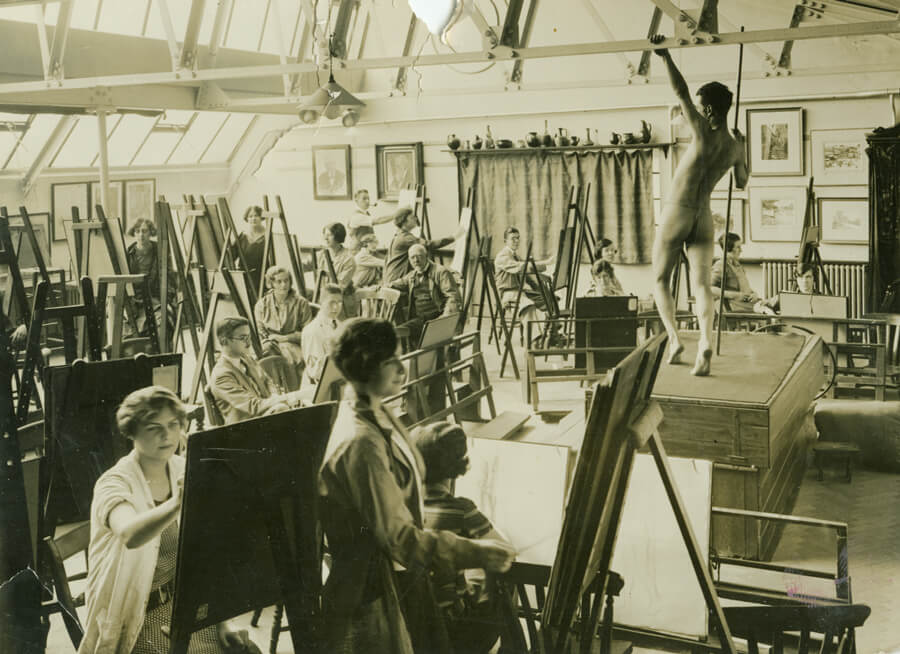The History of Open Studio – Heatherleys Drop In Sessions
This article tells the history of Open Studio, from its 19th century origins to its renaming as Drop In Sessions in 2022.
Open Studio has been part of Heatherleys’ provision for artists since we were founded in 1845. Based on the traditional French Atelier system, it gives artists open access to a studio where they can work from a model with assistance from a tutor.
The History of Open Studio
When Heatherleys first came into being it was one small class of rebel students who’d been expelled from the Government School of Design at Somerset House, the school which would later be known as the Royal College of Art. At that time, it was one of the only schools admitting women on equal terms with men.
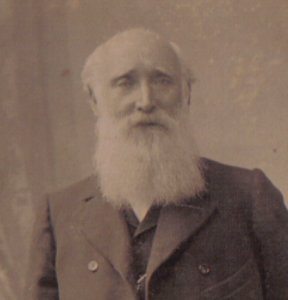
The history of Open Studio is as old as the school itself. All classes currently taught at Heatherleys can be traced back to that original band of students.
Why were the students expelled? For daring to criticise the lack of teaching and eccentric behaviour of their tutor Mr Wilson. One student noted in a group letter to the Lords of the Privy Council for Trade that “The Anatomical Cast and Skeleton have been placed in a cupboard (out of delicacy to the public) so that we cannot examine the parts unexposed to view”.
An irreparable rift was created between those led by the Principal at Somerset House and the rebel students and Figure Master, John Rogers Herbert. Ultimately, they were expelled from the School of Design.
Since then, the school has occupied numerous studios and buildings over the years. Each led by an eclectic range of Principals, whose vision and influence made it the influential institution it is today.
The French Atelier style of Heatherleys’ Open Studio predates the school itself. Heatherleys’ first Principal James Mathews Leigh was deeply inspired by the fraternal spirit and teaching methods of the French in 1930. This lead him to investigate establishing an atelier in Paris, with French teachers, run by English students. Ultimately this project never came to light. Instead, Leigh’s Academy in London, Newman Street, was born.
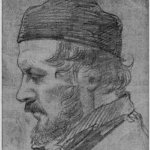
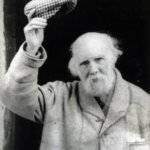
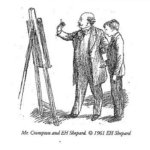
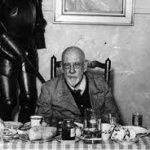
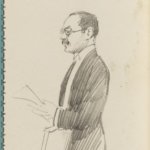
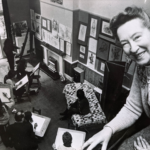
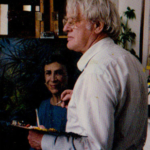
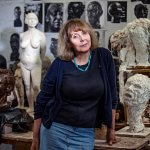
The Atelier System
“Atelier” (A-tel-i-er), the French word for “workshop”.
The Atelier system has its roots in the guilds of the early renaissance. It gained popularity across Europe especially in the 19th century when the French art scene was booming. Salons, the original Open Studios, attracted large numbers of visitors hungry to consume, study and buy art.
This rise in art appreciation led to the development of numerous ateliers and academies to keep up with student demand. Ateliers were run by master artists who accepted a minimal number of students to ensure adequate attention was paid to them. The training they gained at these ateliers prepared students to continue their education at art academies like the Ecole de Beaux Art in Paris and The Royal Academy in London. Therefore, the few places at ateliers were highly sought after by aspiring professional fine artists.
Focus on Skill and Technique
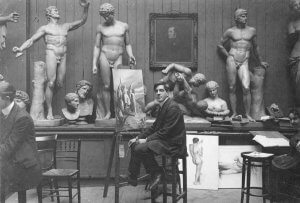
The main focus in the atelier system was establishing skill, technical ability and working from observation. Often this included drawing from casts, the antique and life and portrait models.
Depending on the tutor’s style, background and school of thought, this could include the use of tools, sight size (measuring), comparative measurement and the use of various historical palettes.
At Leigh’s school, he ensured that copying casts was second only to drawing from the antique. With study of anatomy and the living model taking precedent over both practices.Today there’s a growing appreciation and demand for learning classical skills. A new renaissance has brought the atelier model back to the fore. Enlightenment thinking, with its respect for human rights and equality, gave birth to creative output that exposed social issues including women’s rights and slavery. Similarly, 21st century artists have found inspiration in reuniting technical mastery with humanistic subject matter.
Open Studio Today
Today the Open Studio offers a more contemporary approach to working from observation. The extensive and varied practices of Heatherleys’ tutors gives students the opportunity to discover a range of approaches and philosophies to working with the model.
Learn more about our tutors and their teaching styles via the individual tutor pages.
A change of name
At the beginning of 2022 Heatherleys renamed the “Open Studio”, “Drop In Sessions”.
The original meaning of the Open Studio has changed. Now it mostly refers to the opening of an artist’s studio to the public, giving visitors the opportunity to see artists at work or exhibiting their work.
For this reason, to avoid confusion, we have changed the name to Drop In Sessions.
Who attends these sessions?
Drop In sessions are open to beginners and established artists. You can join at any time of the year during term time and choose your own pattern of attendance.
On entering such a famous studio as Heatherley’s it was impossible for a young student not to feel bewildered by the classic antiques ranged around the room, the models in the Life Room, the easels with drawings and paintings in every stage of development, but it was a fine experience, suggesting the need for strenuous and concentrated endeavour. I felt that I had a long way to go.
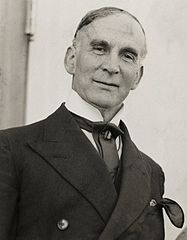
Frank Owen Salisbury, Portrait and Pageant, London, John Murray, p4
British painter and stained-glass designer
Very good and highly individually taught. [The studios are] spacious and have good light. There is a high level of tuition and studio atmosphere, its exciting and creative… the tutor was sensitive about handling colour and paint and gave individual encouragement and support.

Tim Danby
Drop In Sessions Student from 2020-2022
Heatherleys’ Open Studio
Drop In Sessions Gallery
Archival and contemporary photographs of Heatherleys’ Open Studio / Drop In Sessions. Images date from the early 20th Century to the present day. They include work from students and recent exhibitions.
